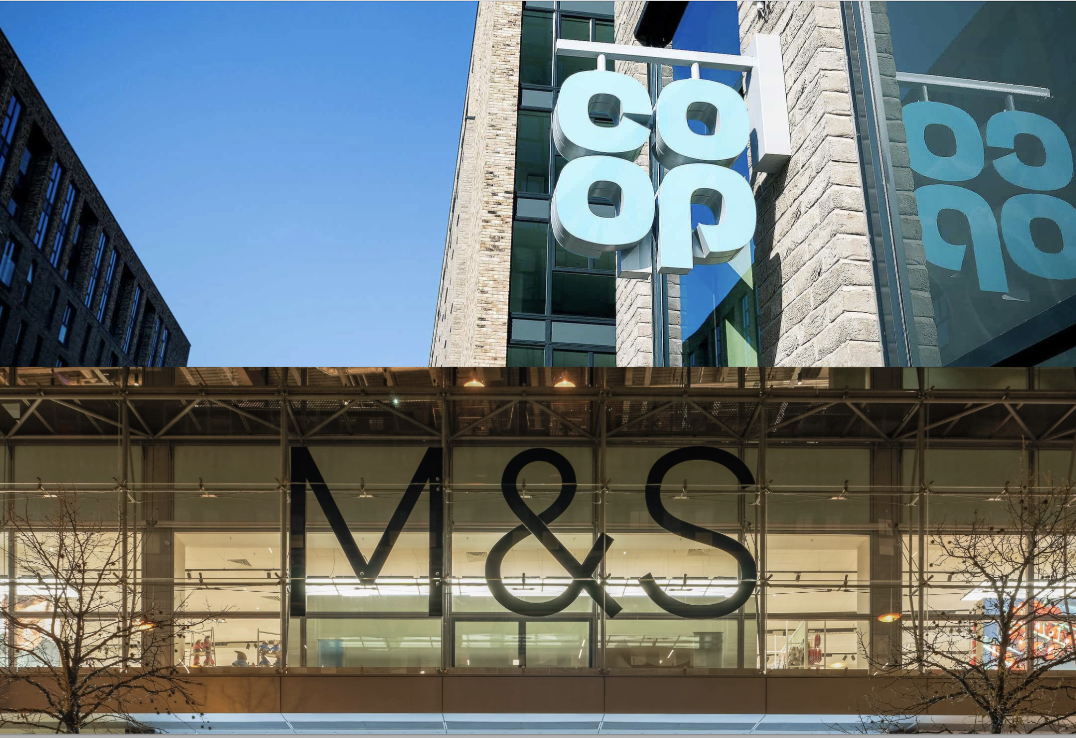SUSANNE CZECH, SECRETARY GENERAL OF EMOTA
The latest consumer survey by the German e-Commerce and Distance Selling Trade Association (bevh) and Creditreform Boniversum reveals that more people than ever wanted to do their Christmas shopping online in 2014. Nevertheless, the planned expenditure per capita is slightly declining. As far as the most popular product categories are concerned, buyers remain true to the Christmas classics.
After a slight decline in the previous year, the number of German citizens over 18 who wanted to do their Christmas shopping online or via other means of distance selling has again grown by three percentage points. The shopping baskets of this group have equally slightly increased. On average, they planned to buy 3.7 different goods. Women continue overtaking men in terms of the order amount per capita; a trend which could already be observed in 2013.
With around €459, the average expenditure of potential online buyers is slightly below 2013’s level. This slight decline is actually in line with the findings of other studies. Nevertheless, total sales are expected to increase: both the number of potential online buyers as well as the number of consumers ready for Christmas shopping have increased significantly. These two factors will in all likelihood make for a higher Christmas sales volume online and via distance selling than in 2013, even though the average expenditure budget has decreased.
A glance on the preferred product groups for Christmas shows a stable picture: the two by far most popular product groups are clothing, textiles and shoes, as well as books which this time made the subject of a different query. Toys finish third. A different ranking is however observed regarding the average purchase values: customers spend more than €200 on average for Computer & Accessories, Jewellery & Watches as well as Furniture & Decorative items. And articles from the product category DIY & Flowers become increasingly popular.
KATIE PATERSON, CONTENT MANAGER, FLIPIT.COM
The United States have seen it all in terms of consumer trends. From hosting one of the world’s first department stores in 1846, to pioneering popular shopping phenomenon such as teleshopping, cataloguing and door-to-door sales services such as Avon and Tupperware, the US have contributed hugely to the evolution of shopping since the 1800s.
A recent study by KPMG revealed that emerging online channels which are in the hands of the end consumer, are what’s driving retail forward in the US. They state that “social-networking sites, online product reviews, viral marketing, and other forms of interactivity launched what is a still unfolding phase in the industry’s development”. Consumers are now collaborators in brand development, meaning the success of retailers depends more and more on their willingness to interact and involve their customers in daily business.
Since the birth of ecommerce, omnichannel shopping has been essential to its success in the US, as Americans continue to value traditional, personalized customer service that the States is historically famed for. A good example of this is American menswear store Hointer, which integrates the convenience and speed of online shopping with the personalized in-store experience. Customers can choose which items they wish to try on from a display, receive personal advice from a member of staff, dropping their desired items into a virtual cart using the Hointer app. The chosen items will then be deposited via chute into a changing room within 30 seconds. The Hointer store also electronically monitors how customers shop the store, using the results that they accumulate to make suggestions to future consumers and reporting back to brands to aid them in their development.
Other brands heading in the same direction are Sephora, ShopKick and Price Grabber.
Sephora is a beauty app that relies almost entirely on consumer contribution, such as product reviews and star ratings, in order to sell products. ShopKick actively rewards customers for continuing to shop in stores as well as online. Each time a customer enters a participating store, a signal is sent to their smartphone via iBeacon, awarding them with points every time they visit.
Meanwhile, Price Grabber allows for collaborative product, brand and merchant reviews, with an additional feature that allows customers to also rate reviews, so the most reliable reviews appear top.
ANGELA O’CONNELL,
MARKETING AND STRATEGY DIRECTOR, METAPACK
Retailers in France and Germany are increasingly adopting multi-carrier delivery strategies in response to the growing importance of delivery as the final and most critical mile in the consumer journey. This is evidenced by the fact that the majority of European retailers (91% in Germany and 74% in France) work with multiple carriers to provide more flexible delivery options, according to a study, conducted by Forrester Research and commissioned by MetaPack.
Retailers are becoming increasingly aware of how convenient and personalised service is key to improving customer loyalty with many reporting measurable improvement of customer satisfaction as a result of offering multiple delivery options.
This trend is driving further investment in multi-carrier delivery services in Europe. Half of French and German retailers are allocating more than 5% of their ecommerce budget to delivery services and the majority expect this investment to increase in the coming years.
Part of this investment reflects the stronger international competition among retailers as many respondents are expecting more ecommerce traffic from outside their native markets.
While international sales are adding to the complexity of fulfilment, consumers’ demand for more choice and convenience in domestic markets is driving the adoption of alternative delivery services, more so in France than in Germany where delivery locker networks are more advanced.
Another big investment priority is speed of service. A significant proportion of retailers across France (88%) and Germany (67%) agree that next-day home delivery drives repeat purchase and increases customer lifetime value. What’s more, over half of French retailer respondents are currently piloting same-day home delivery services, followed by 39% in Germany.
As retailers are looking to boost competitive advantage on a national and global scale, providing more convenience and choice in delivery services will be critical to making or breaking customer loyalty. To be able to survive in this highly competitive ecommerce market, retailers will need to develop robust multi-carrier capabilities and enable exciting innovations that put the customer in control of their delivery experience.
GREIG HOLBROOK, MANAGING DIRECTOR, OBAN DIGITAL
It’s fair to say that retailers are becoming increasingly savvy of how to reap the benefits of well-known lucrative ecommerce days such as Black Friday and Cyber Monday. You only have to look at the astonishing results from last year to see how these days impacted retailers’ bottom lines – an estimated £810m was spent online by British shoppers on Black Friday with £650m spent three days later on Cyber Monday.
Both ecommerce days were originally coined in the US and are now embraced by retailers in the UK market, but what about other days that crop up during the year that aren’t so well known, but could generate huge profits locally for retailers? Are retailers reaping the benefit of gaining some local knowledge or in fact personalising their sites for international shoppers living in the UK in time for these days?
For instance, how many retailers operating in Mexico know about Three Kings’ Day on 6 January when children traditionally receive gifts? In 2014, the average family budget was 1200 pesos (around £54) but spending on this day in Mexico City alone amounted to 560 million pesos (£25m). Also, many retailers rightly prepare for an expected surge in spending on Valentine’s Day but may not realise that men in Japan and South Korea purchase gifts on 14 March as a return favour to women who gave chocolate in the preceding month. With over 35,000 Japanese people currently living in the UK, retailers would be foolish to ignore how profitable White Day could be in March.
An even more lucrative opportunity not be missed is Eid al-Adha, the Islamic Feast of the Sacrifice on 23 September. Over the past few years this has meant more than just the sale of livestock and produce with Egypt now seeing online sales of clothing, kitchen appliances, perfumes, toys and smartphones rise by as much as 30 per cent.
Local knowledge clearly goes a long way but retailers often underestimate the benefits that localised knowledge can bring to their business, especially when trying to tackle new and unknown international markets. Oban Digital has put together a global ecommerce calendar which can be downloaded from our site.




